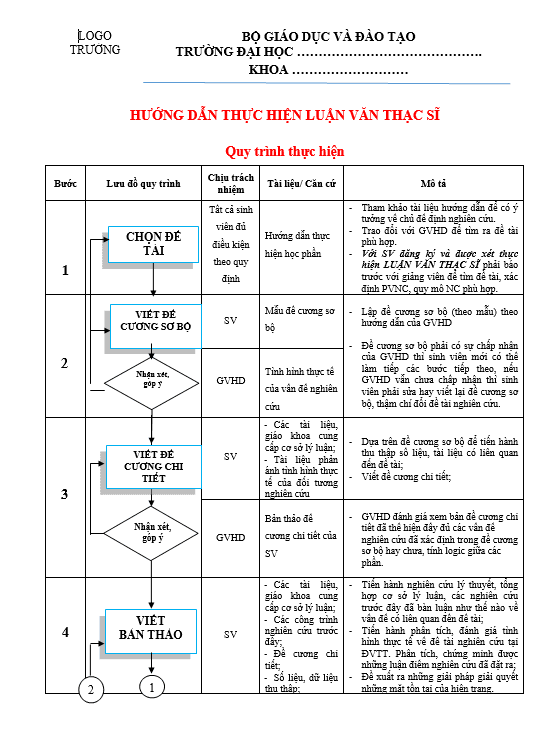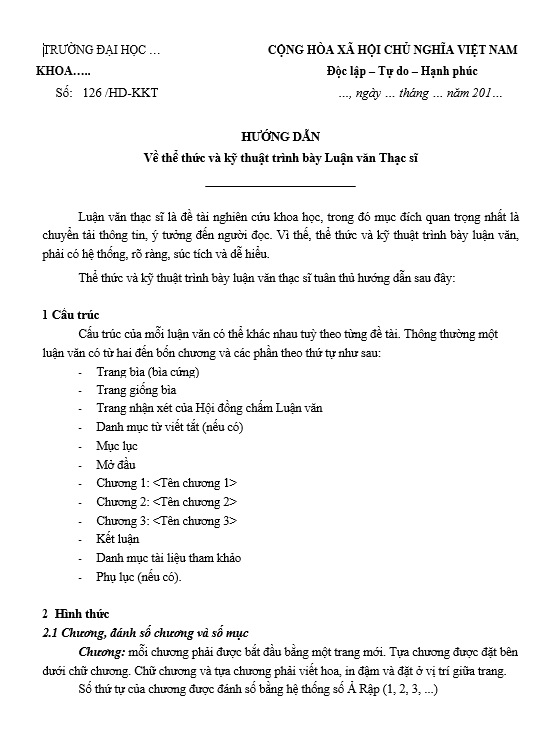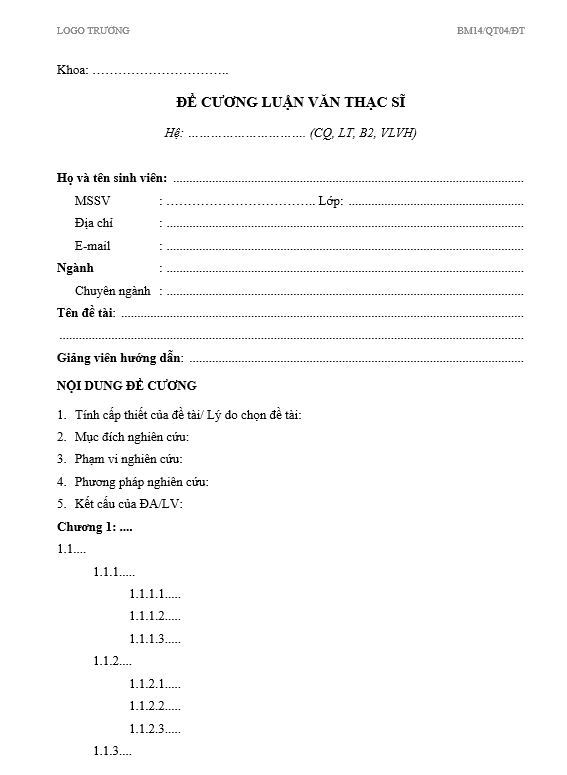Table of Contents
ABSTRACT ……………………………………………………………………………………….. VII
ACKNOWLEDGMENT ……………………………………………………………………….. XV
CHAPTER 1 – INTRODUCTION …………………………………………………………… 1
1.1 BACKGROUND ……………………………………………………………………………… 2
1.1.1 Personal interest in the research topic………………………………………… 3
1.2 STATEMENT OF RESEARCH QUESTIONS & CONTRIBUTIONS ………………………. 3
1.3 APPROACH …………………………………………………………………………………. 5
1.4 SCOPE AND LIMITATIONS ……………………………………………………………….. 5
1.5 DISPOSITIONS ……………………………………………………………………………… 6
CHAPTER 2 – LITERATURE REVIEW: GREEN MARKETING ………………………………………………………….. 7
2.1 CURRENT LITERATURE CHARACTERISTICS ……………………………………………………………….. 8
2.2 THE STARTING POINT FOR THE GREEN MARKETING CONCEPT …………………………………… 8
2.3 THEORY OF CUSTOMERS’ BEHAVIOR LINKED TO ENVIRONMENTAL ATTITUDES ………………… 10
2.4 THE CONCEPT OF GREEN MARKETING ………………………………………………………………….. 11
2.4.1 Eco-labeling ……………………………………………………………………………………………………… 15
2.4.2 Green branding ………………………………………………………………………………………………. 17
2.5 RISKS OF GREEN MARKETING ………………………………………………………………………………. 17
2.6 The IMPORTANCE FOR COMPANIES TO BECOME GREEN …………………………………………… 18
2.6.1 Developed vs. the developing world ………………………………………………………………. 19
2.7 CONSUMER PREFERENCE FOR GREEN APPAREL PRODUCTS …………………………………….. 19
2.8 THE CASE OF THE PATAGONIA COMPANY …………………………………………………………….. 21
2.8 SUMMARY AND CONCLUSION OF THE LITERATURE REVIEW …………………………………… 24
CHAPTER 3 – LITERATURE REVIEW: COUNTRY OF ORIGIN EFFECTS ……………………………..26
3.1 EMERGING RESEARCH AREA ………………………………………………………………………….27
3.2 COUNTRY OF ORIGIN EFFECTS ………………………………………………………………………….28
3.2.1 The paradox of geographical status ………………………………………………………….30
3.3 THE IMPORTANCE OF THE TOPIC ……………………………………………………………………30
3.4 SUMMARY AND CONCLUSION OF THE LITERATURE REVIEW ……………………………………31
CHAPTER 4 – RESEARCH METHODOLOGY …………………………………………………………….32
4.1 METHODOLOGY …………………………………………………………………………………………33
4.1.1 Research philosophy ……………………………………………………………………………..34
4.1.2 Research approach ………………………………………………………………………………..34
4.1.3 Research strategy …………………………………………………………………………………34
4.1.4 Time horizon ……………………………………………………………………………………….36
4.2 SAMPLING METHOD………………………………………………………………………………………………………………………..36
4.2.1 Secondary research…………………………………………………………………………………………………………………36
4.2.2 Primary research…………………………………………………………………………………………………………………36
4.2.3 Sampling method…………………………………………………………………………………………………………………….38
4.2.4 Questionnaire and research design………………………………………………………………………………………39
4.2.5 Reliability and Validity of using the Likert scale…………………………………………………………………40
4.2.6 Method for analysis of primary research……………………………………………………………………………..42
4.3 LIMITATIONS AND ISSUES OF THE PRIMARY RESEARCH………………………………………………………………..43
CHAPTER 5 – FINDINGS…………………………………………………………………………………………………………………..44
5.1 DEFAULT SECTION 1: DEMOGRAPHICS………………………………………………………………………………………45
5.1.1 Question 1 – Gender……………………………………………………………………………………………………………..45
5.1.2 Question 2 – Age………………………………………………………………………………………………………………….46
5.1.3 Question 3 – My gross income per year………………………………………………………………………………..47
5.1.4 Question 4 – My occupation………………………………………………………………………………………………….48
5.1.5 Question 5 – Country of birth and residency………………………………………………………………………..49
5.2 DEFAULT SECTION 2: DEMOGRAPHICS………………………………………………………………………………………51
5.2.1 Question 1 – Gender……………………………………………………………………………………………………………..51
5.2.2 Question 2 – Age………………………………………………………………………………………………………………….52
5.2.3 Question 3 – My gross income per year………………………………………………………………………………..53
5.2.4 Question 4 – My occupation………………………………………………………………………………………………….54
5.2.5 Question 5 – Country of birth………………………………………………………………………………………………55
5.3 COMPARATIVE ANALYSIS…………………………………………………………………………………………………………57
5.3.1. Question 6 – Principles that guide the way I live my life and do my shopping………………………57
5.3.2 Question 7 – How I value my choice of products…………………………………………………………………..61
5.3.3 Question 8 – The connection between the environment and country of origin……………………..65
5.3.4 Question 9 – The willingness to pay higher prices for eco products………………………………………..69
5.3.5 Question 10 – My purchase intention…………………………………………. 71
CHAPTER 6 – DISCUSSION…………………………………………………………………………. 76
6.1 FINDINGS………………………………………………………………………………………………… 77
6.1.1 Green Marketing……………………………………………………………………………… 77
6.1.2 Country of Origin Effects………………………………………………………………….. 78
6.2 THE FINDINGS’ CORRELATION WITH THEORIES AND CONCEPTS………………. 78
6.2.1 Green marketing………………………………………………………………………………. 78
6.2.2 Country of Origin Effects…………………………………………………………………… 80
5.3.5 Question 10 – My purchase intention…
CHAPTER 6 – DISCUSSION.
6.1 FINDINGS.
6.1.1 Green Marketing..
6.1.2 Country of Origin Effects..
6.2 THE FINDINGS’ CORRELATION WITH THEORIES AND CONCEPTS.
6.2.1 Green marketing..
6.2.2 Country of Origin Effects..













